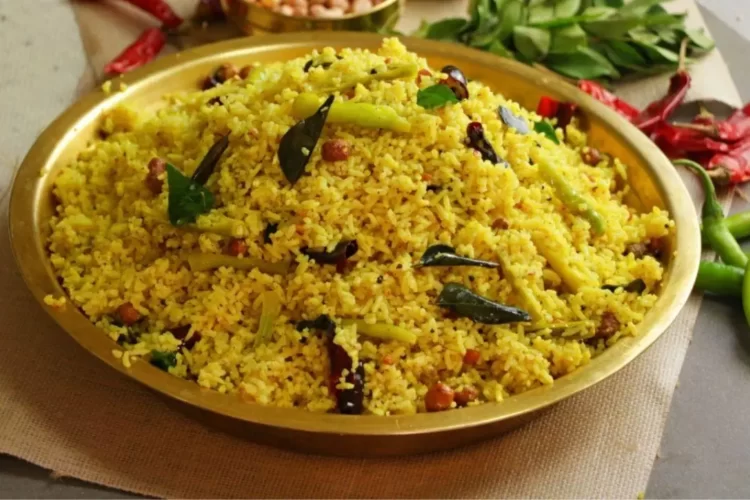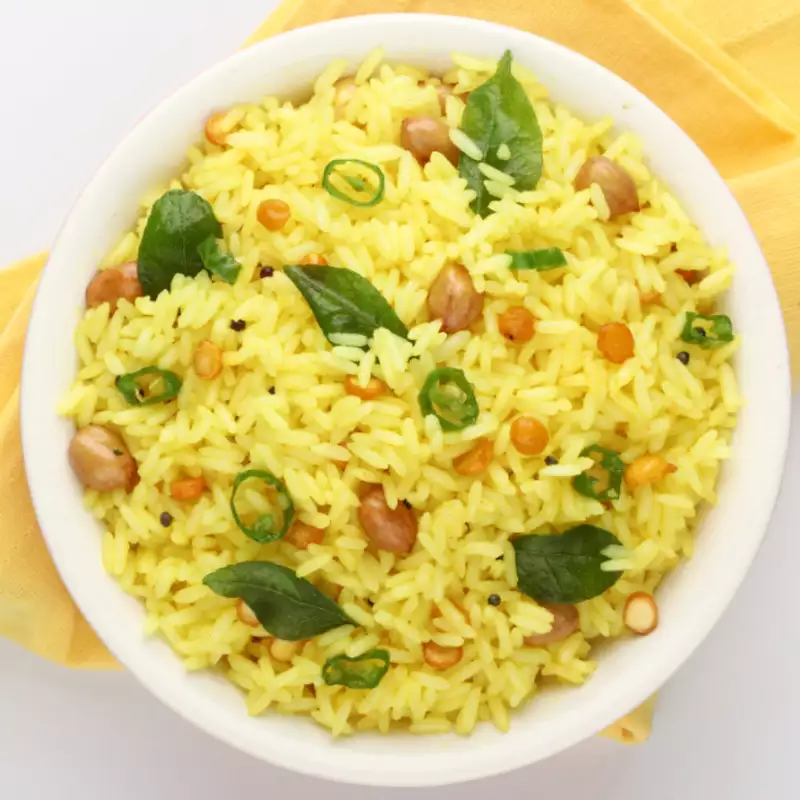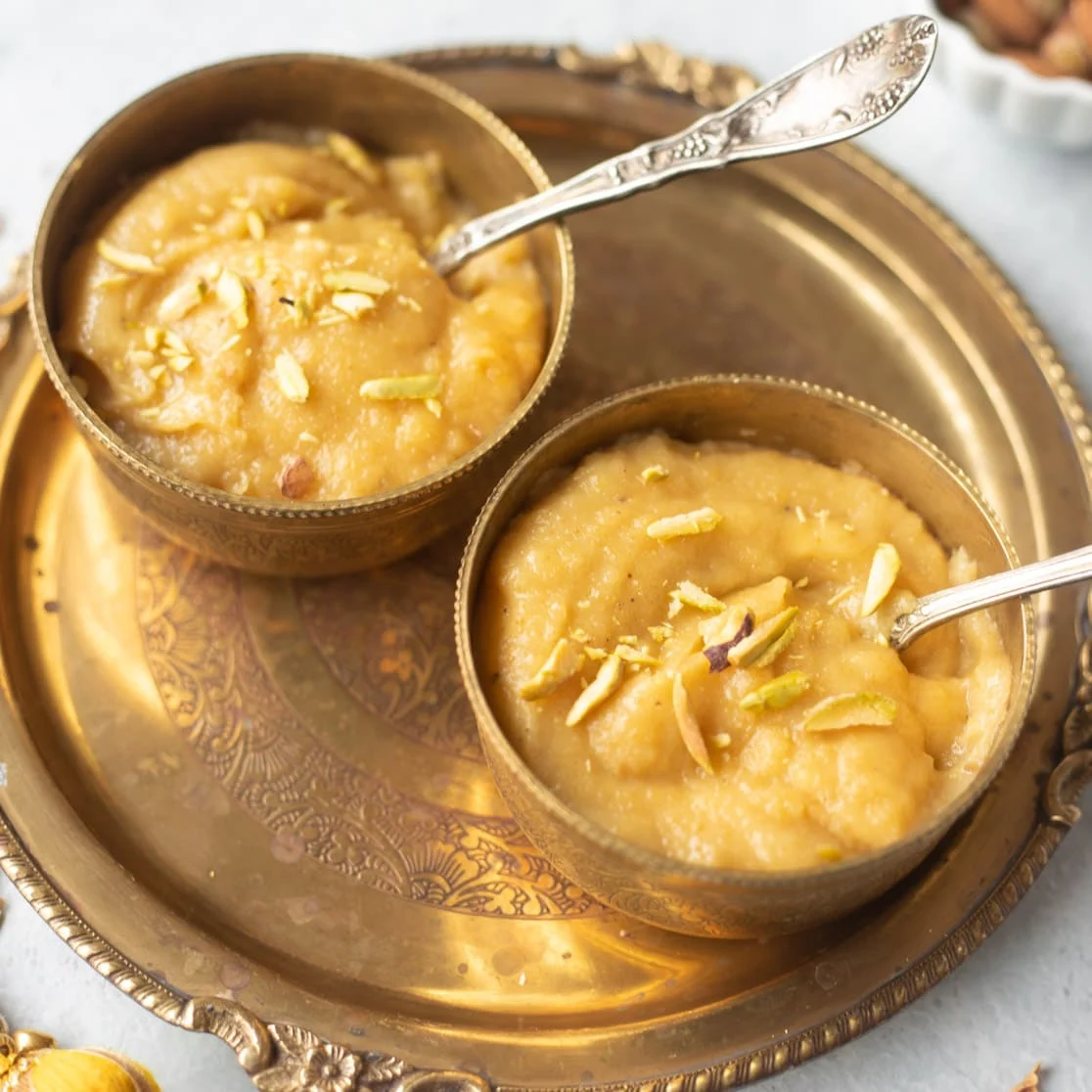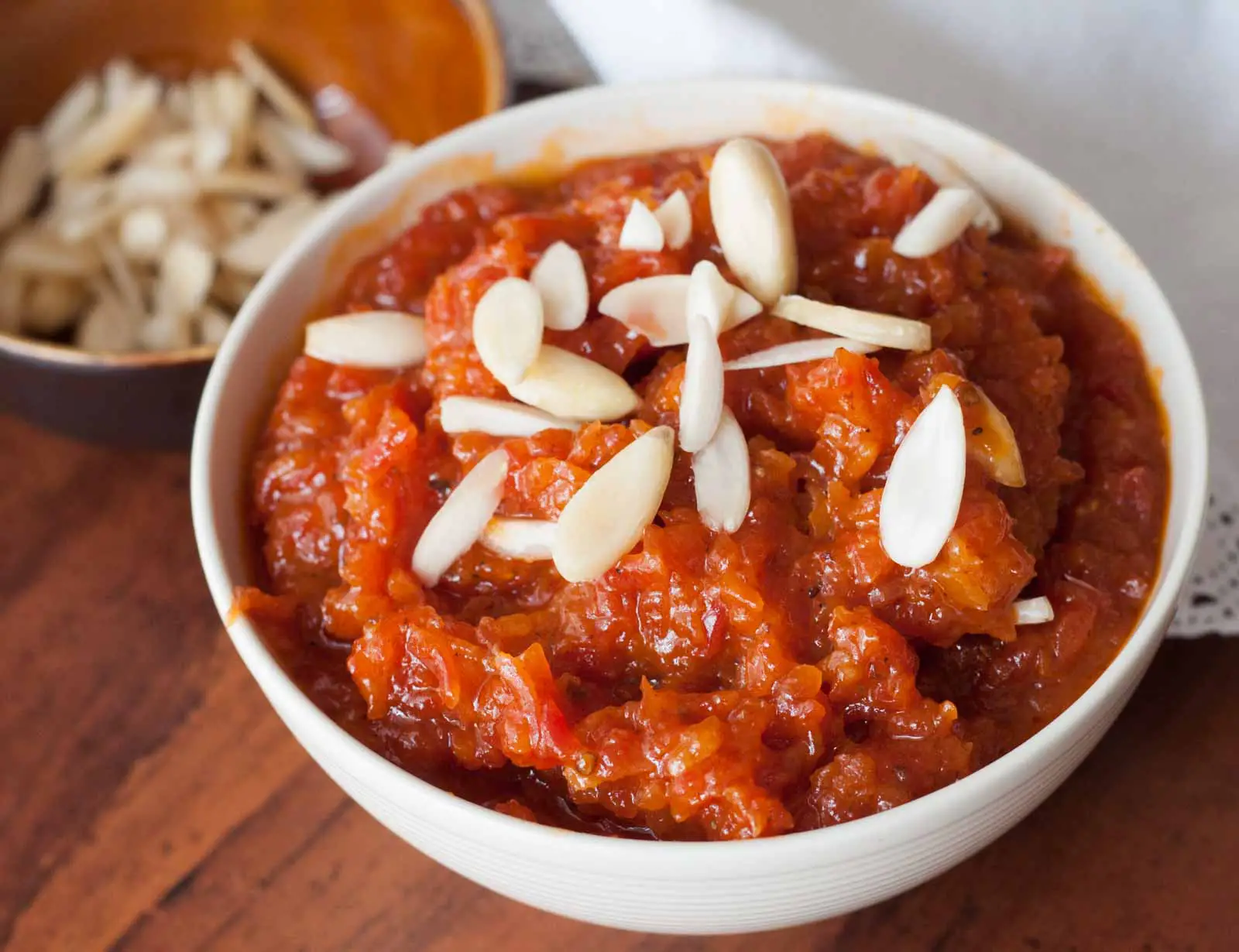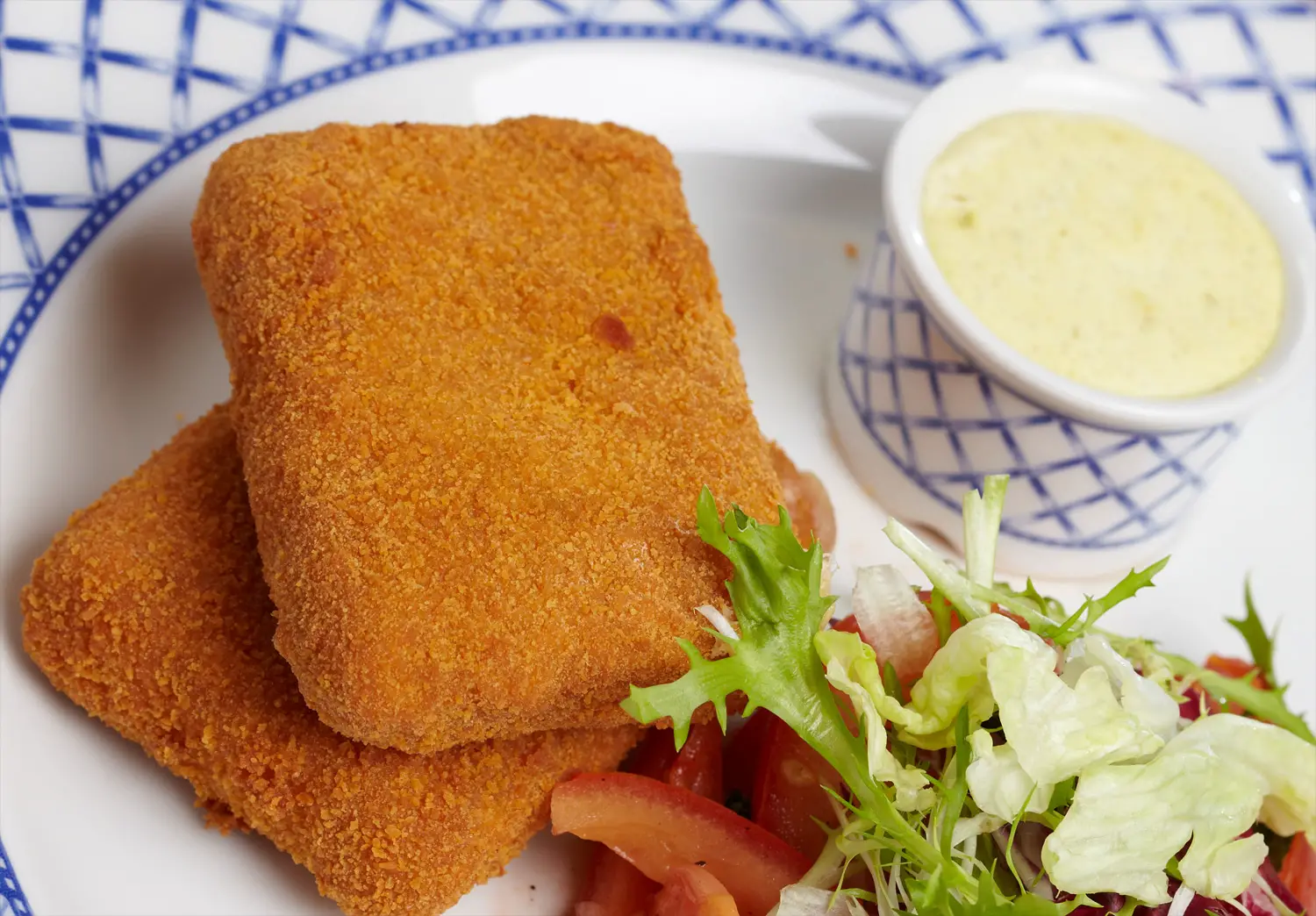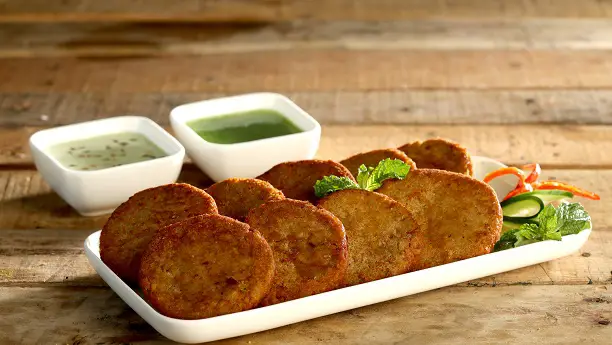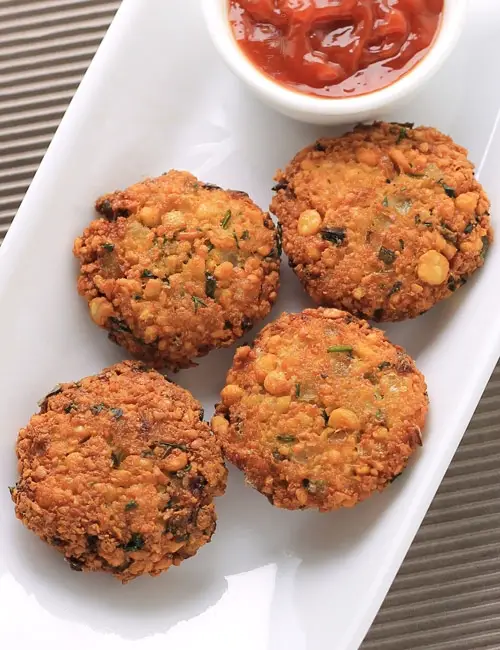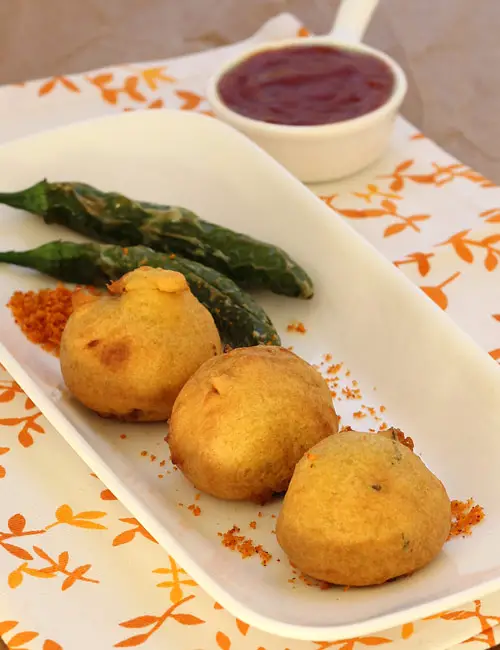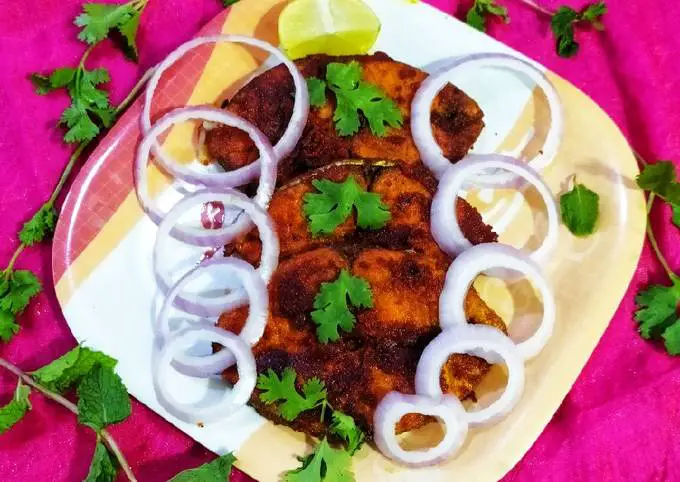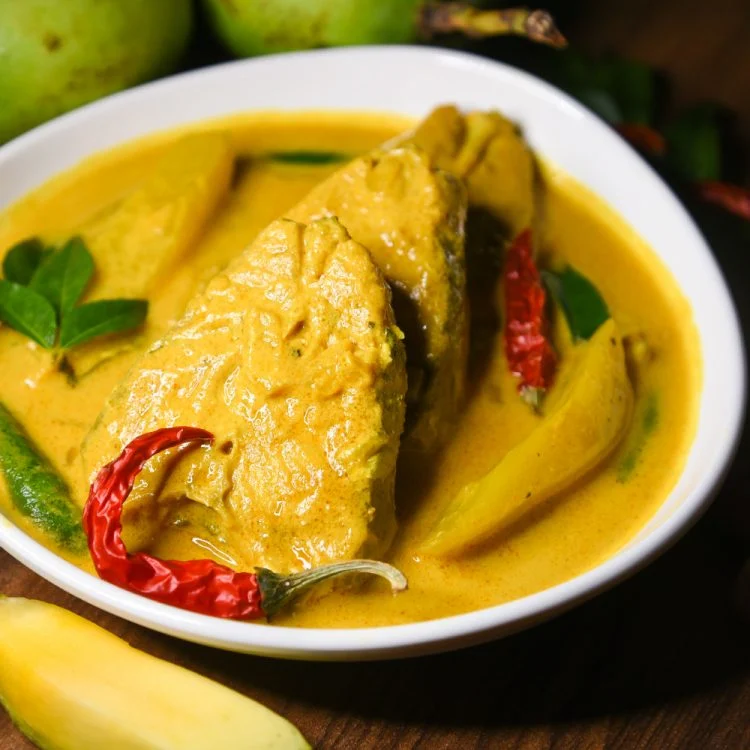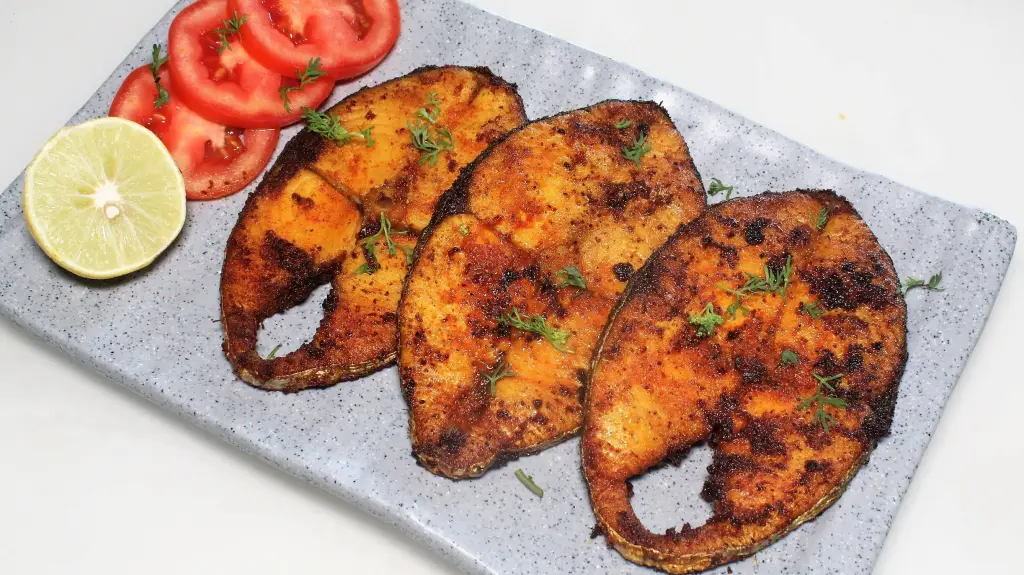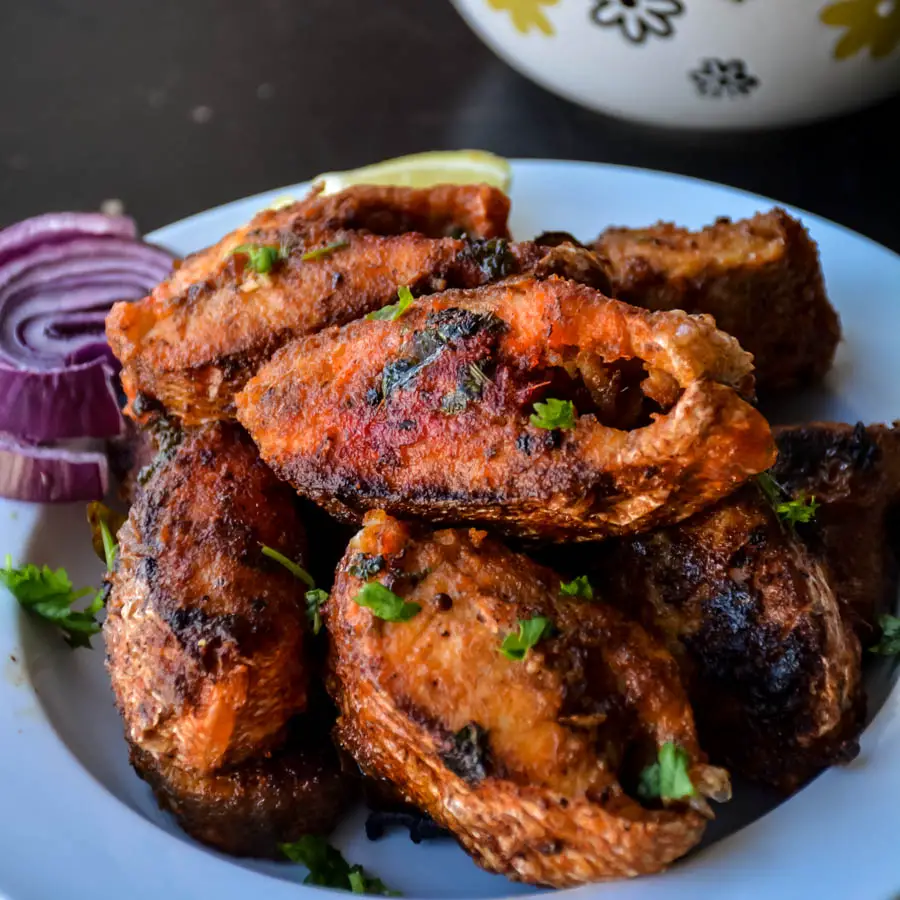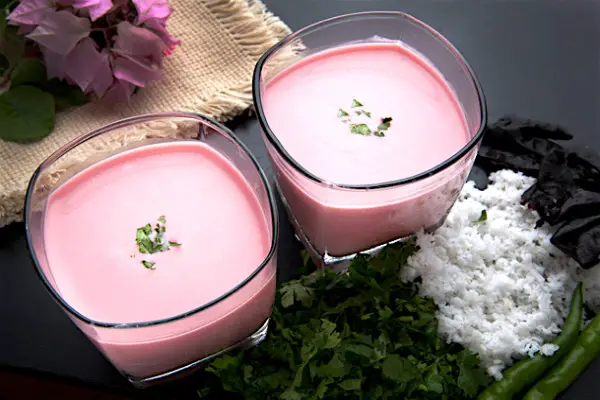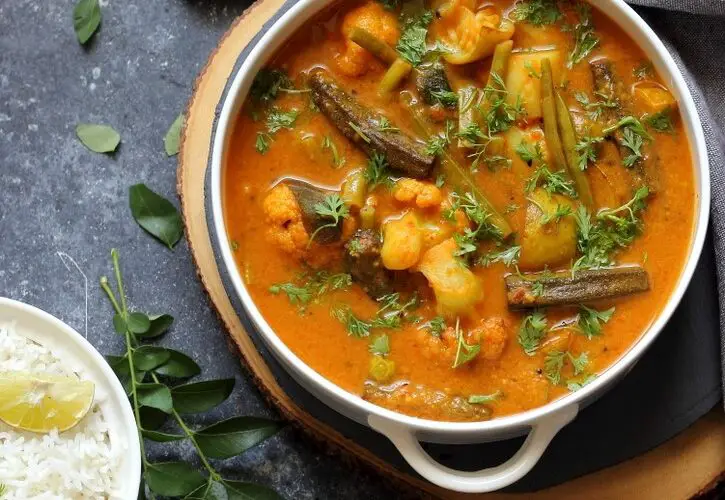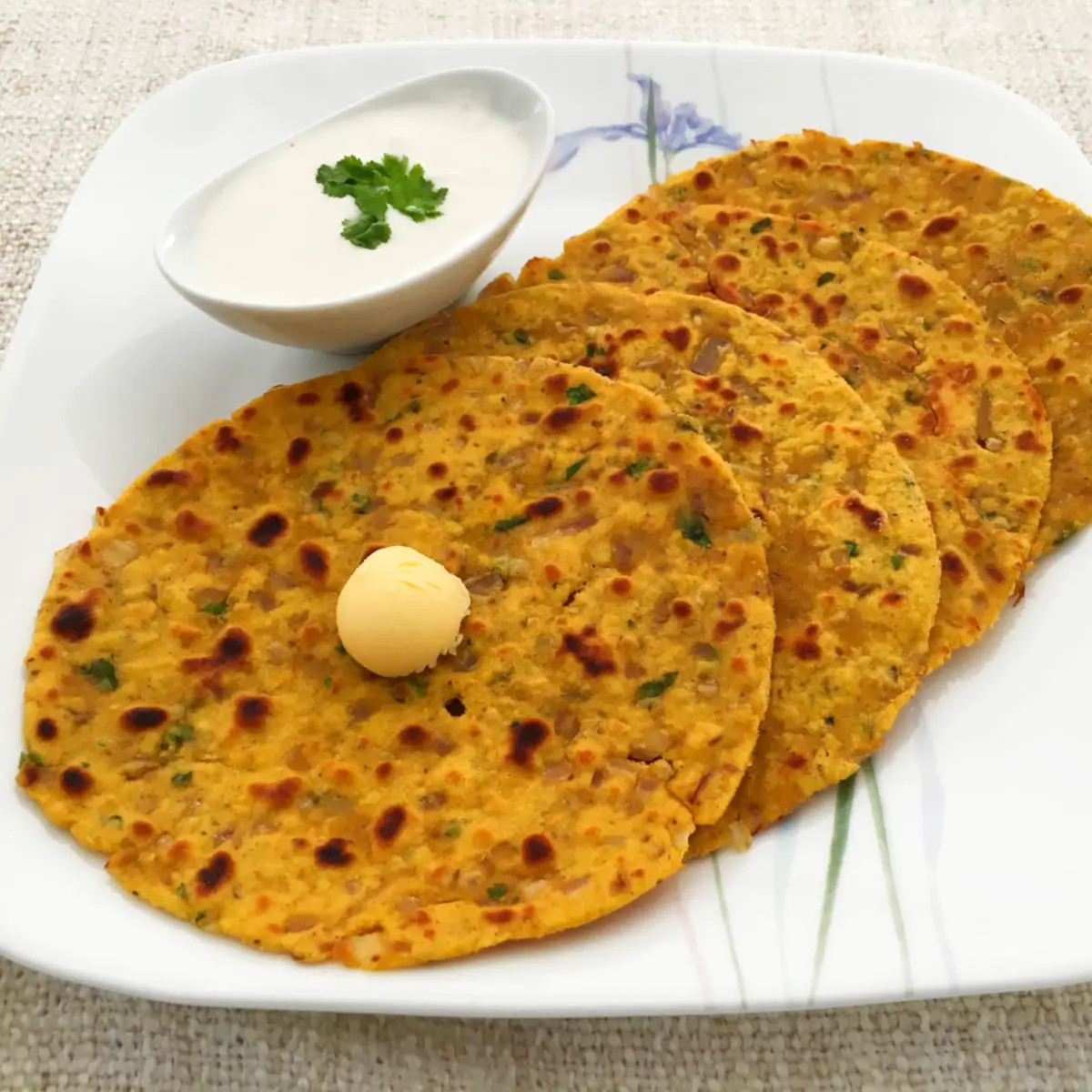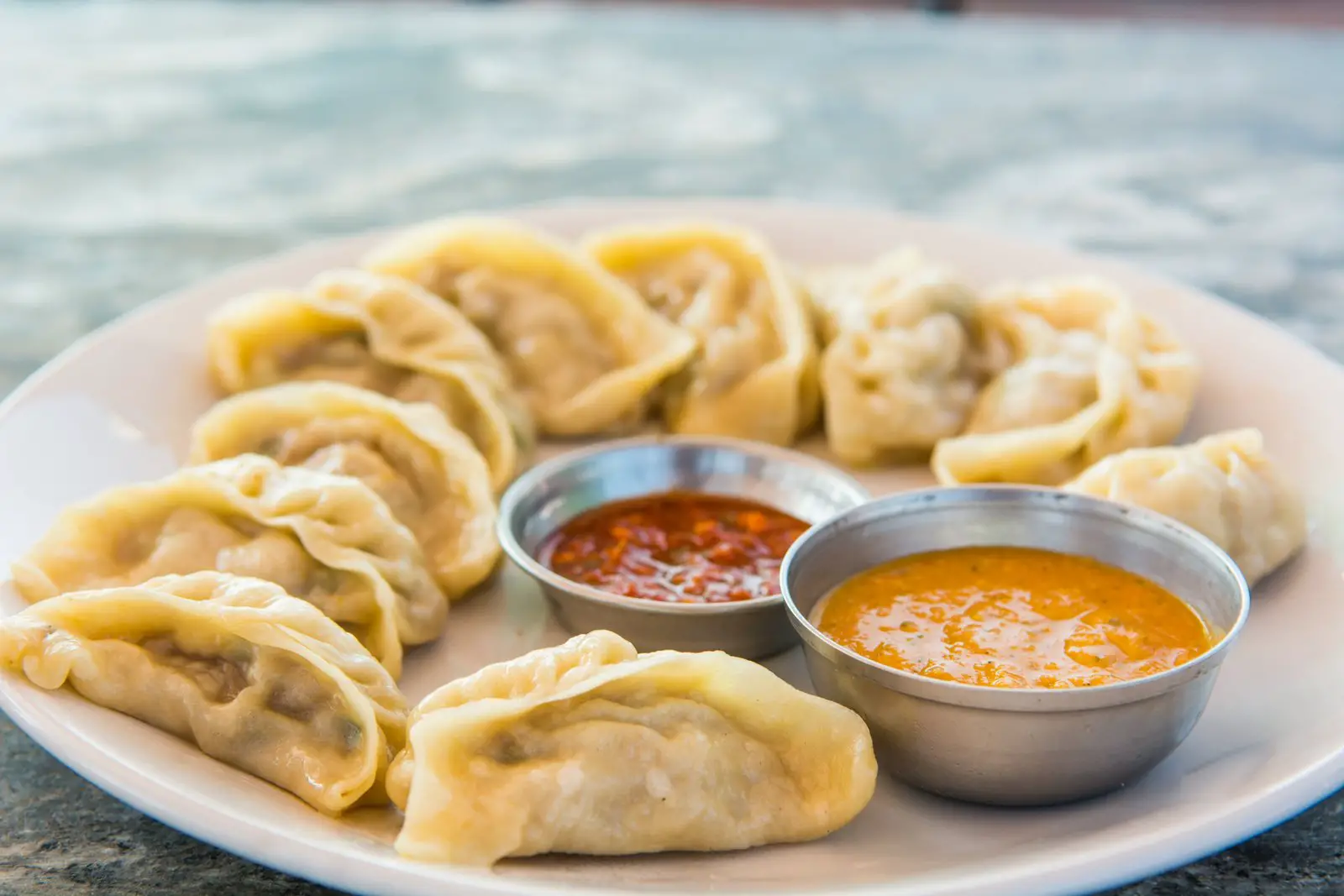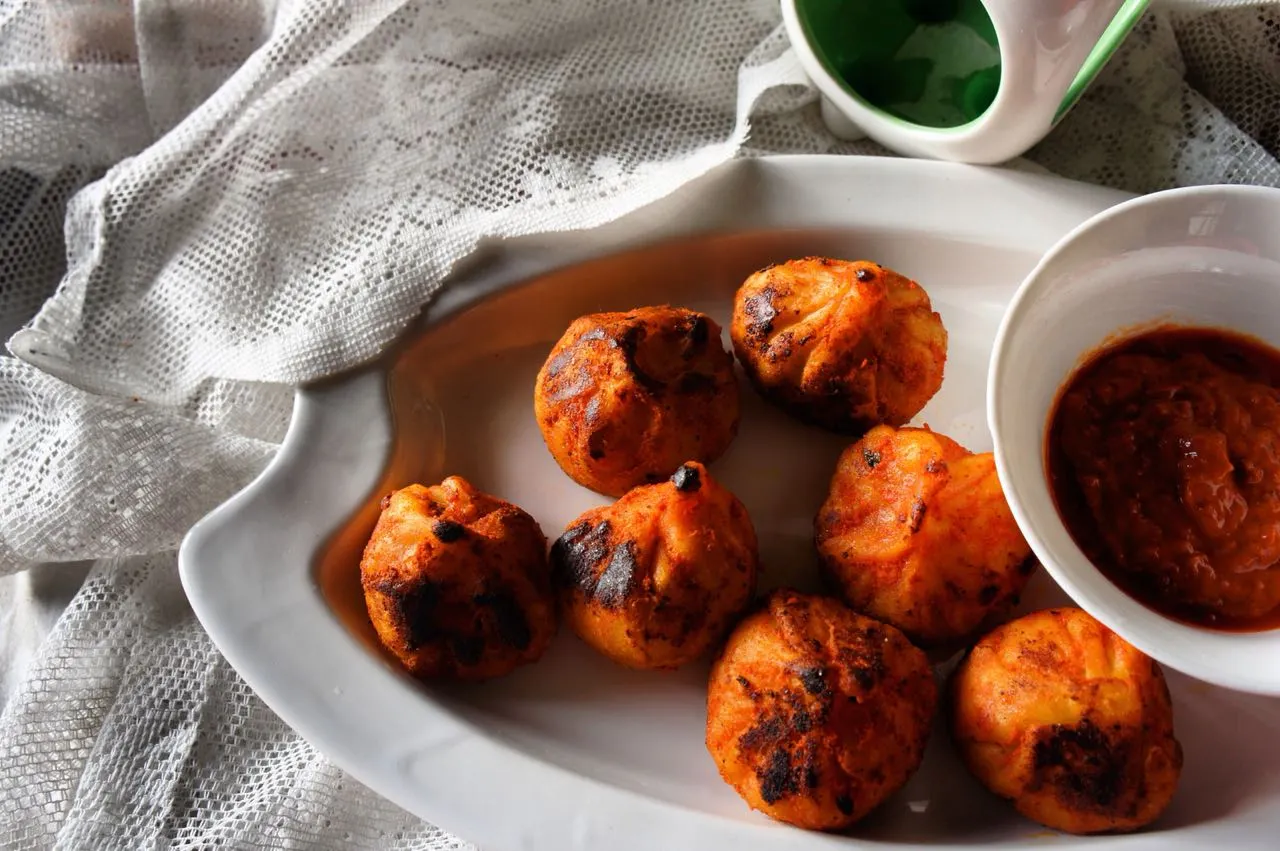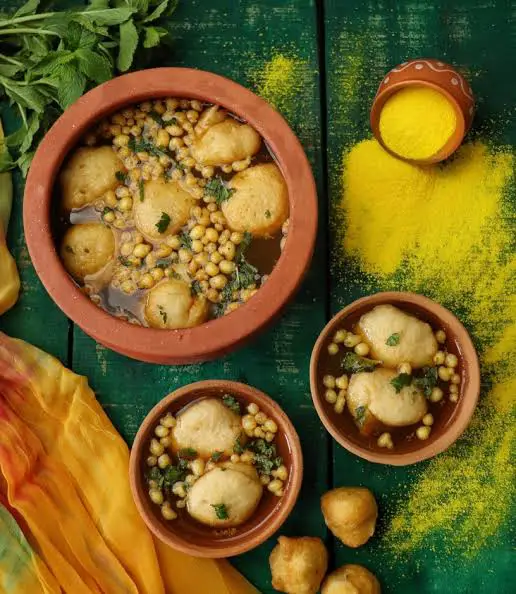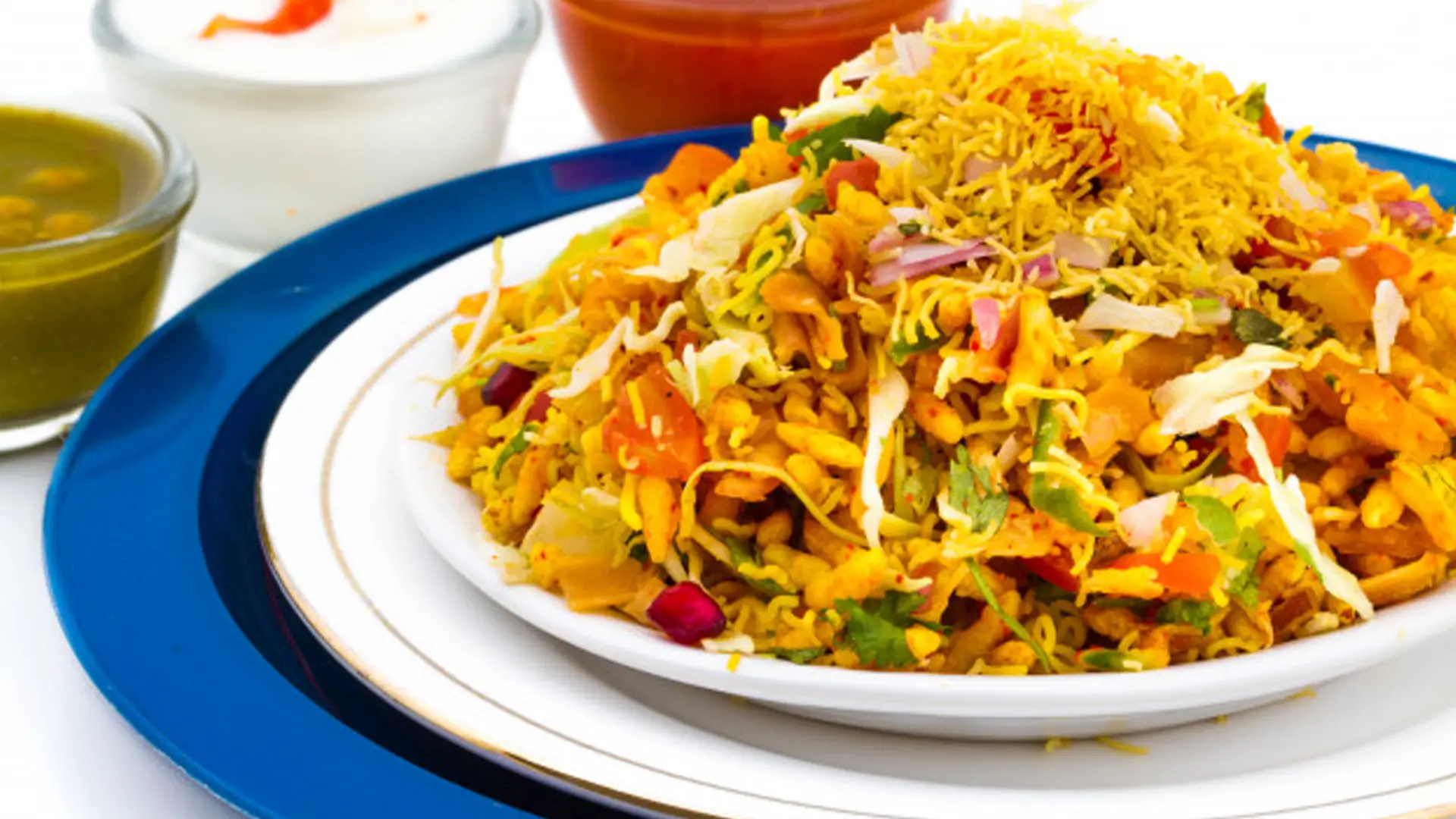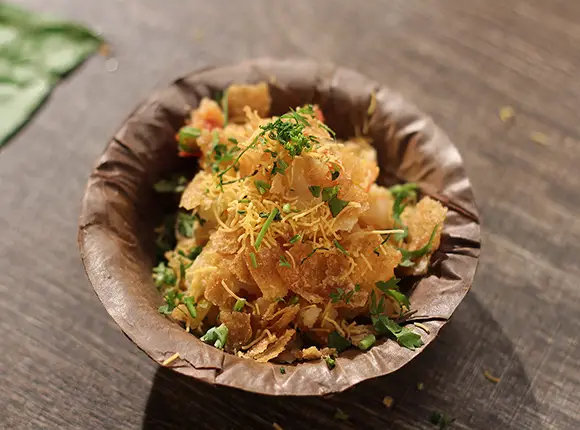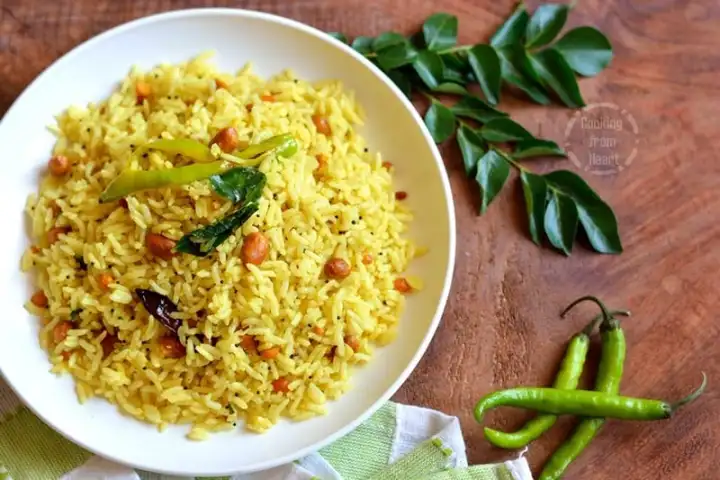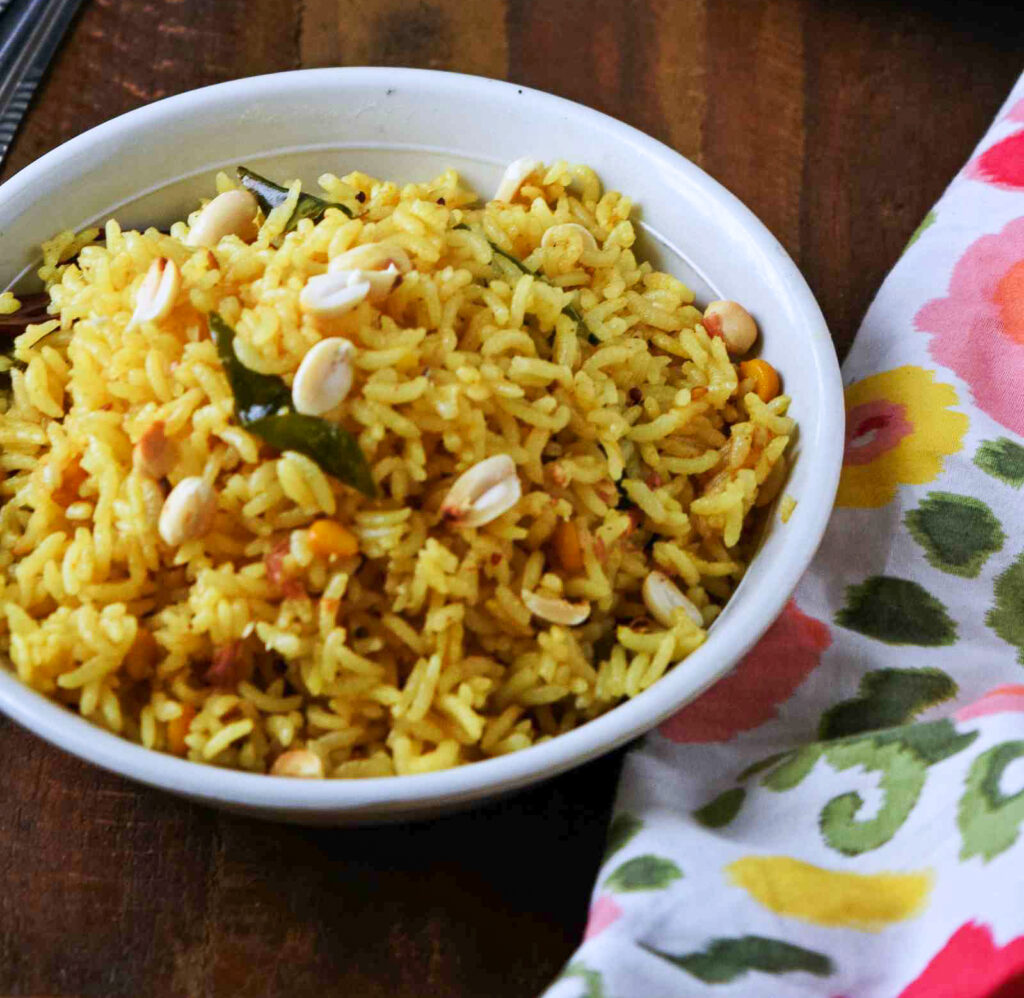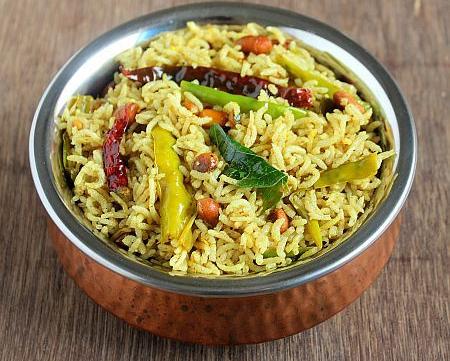About
In the vibrant tapestry of South Indian cuisine, Pulihora stands as a shining star. This quintessential dish, known for its tangy and explosive flavors, has captured the hearts and palates of food enthusiasts far and wide. At [Your Website Name], we are thrilled to share with you our meticulously crafted Pulihora recipe that promises to tantalize your taste buds and leave you craving for more.
Pulihora, also referred to as Tamarind Rice or Chitrannam, is a traditional South Indian rice dish that beautifully combines the zesty notes of tamarind with the earthiness of cooked rice. This harmonious blend creates a symphony of flavors that dance on your tongue. It’s a dish that holds cultural significance and is often prepared during festivals, auspicious occasions, and even casual get-togethers.
Pulihora Recipe:
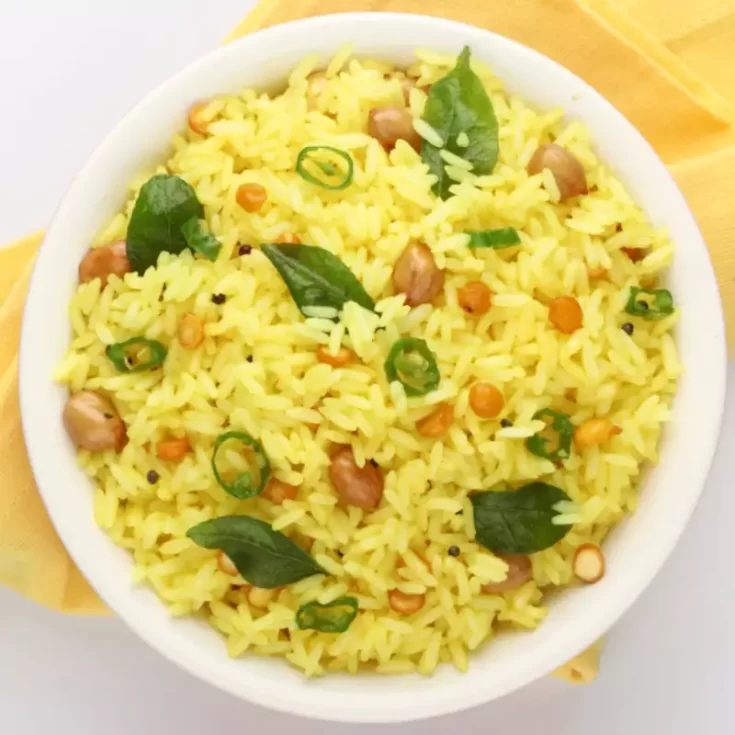
Pulihora, also known as Tamarind Rice or Chitrannam, is a traditional South Indian rice dish that combines the tangy flavors of tamarind with cooked rice. It's a popular dish enjoyed during festivals, special occasions, and as a quick meal option.
Ingredients
- 2 Cups Cooked rice
- Tamarind: lime-sized ball
- 2 Tablespoons Chana dal (split chickpeas)
- 2 Tablespoons Peanuts
- 1 sprig of Curry leaves
- 1/2 Teaspoon Mustard seeds
- 1/2 Teaspoon Turmeric powder
- A Pinch of Asafoetida (hing)
- 1/2 Teaspoon Red chili powder
- small piece Jaggery
- 1 Tablespoon Cashews
- 3 Tablespoons Cooking oil
- Salt to taste
Instructions
Tamarind Infusion
- Soak the tamarind in 1 cup of warm water for about 15 minutes.
- Extract the tamarind juice, ensuring that it's well strained to get rid of any fibers or seeds.
Tempting Tempering
- Heat 2 tablespoons of oil in a pan.
- Add 1/2 teaspoon of mustard seeds and let them splutter.
- Toss in 2 tablespoons of chana dal and 2 tablespoons of peanuts. Sauté until they turn golden brown.
- Include 1 sprig of curry leaves, a pinch of asafoetida (hing), and a handful of cashews. Fry them until the cashews are lightly browned.
Harmonious Assembly
- Add the extracted tamarind juice to the tempering. Mix well.
- Sprinkle 1/2 teaspoon of turmeric powder, 1/2 teaspoon of red chili powder, and salt to taste. Let the mixture simmer until the raw smell of tamarind disappears.
- Once the tamarind mixture thickens and the oil starts to separate, crumble in the small piece of jaggery. This adds a delightful balance to the tanginess.
The Final Flourish
- Fold in the 2 cups of cooked rice gently into the tamarind mixture.
- Ensure that each grain of rice is coated with the flavorful concoction.
Notes
- Quality Rice Matters- Choose good quality rice for the best results. Opt for varieties like Sona Masuri, Ponni, or Basmati rice, which have the ideal texture and aroma for Pulihora.
- Tamarind Extraction- When extracting tamarind juice, use warm water to aid the process. Ensure that the tamarind pulp is well-soaked before extracting the juice for a rich and tangy flavor.
- Balanced Flavors- Achieve the perfect balance between tanginess, spiciness, and sweetness. Adjust the tamarind, red chili powder, and jaggery quantities according to your taste preferences.
- Perfectly Tempered- Master the art of tempering. Let the mustard seeds splutter, chana dal turns golden brown, and the curry leaves release their aroma. This step lays the foundation for the dish's flavor profile.
- Tantalizing Tempering- Experiment with different tempering elements like cashews, peanuts, and urad dal to add varying textures and flavors to your Pulihora.
- Spice it Right- Control the spice level with red chili powder. You can make it mild or fiery, depending on your preference. Remember, the spice should complement, not overpower, the tanginess.
- Incorporate Fresh Ingredients- For the best flavors, use fresh ingredients. Fresh curry leaves, aromatic spices, and ripe vegetables contribute to the authentic taste of Pulihora.
- The Rice Mixing Technique- When folding the rice into the tamarind mixture, use a gentle folding motion. This helps coat each grain of rice with the flavorful tamarind concoction evenly.
- Rest and Absorption- After mixing the rice, let it rest for a while. During this time, the rice will absorb the flavors, resulting in a more intense taste experience.
- Experiment with Additions- Feel free to get creative by adding ingredients like grated coconut, roasted sesame seeds, or fresh herbs to create your unique twist on Pulihora.
- Storage Tips- Store Pulihora in an airtight container to maintain its freshness. It can be refrigerated for a couple of days and makes for a delicious on-the-go meal.
Recommended Products
As an Amazon Associate and member of other affiliate programs, I earn from qualifying purchases.
-
Besan Ka Halwa
-
Carrot Halwa (Gajar Halwa) – Recipes
-
Cinnamon Tea
-
Black Coffee recipe
-
Dalgona Coffee Recipe
-
Fish Cutlet Recipe
-
Shami kabab recipe
-
Cheeseburger recipe
-
Dal Vada (Masala Vada/ Paruppu Vadai)
-
Batata vada recipe
-
Amritsari Fish
-
Fish Molee Recipe
-
Tawa fish fry recipe
-
Fish fry recipe
-
Sol Kadhi Recipe
-
Sindhi kadhi recipe
-
Missi Roti Recipe :
-
Paneer Momos Recipe
-
Tandoori momos Recipe
-
Kanji vada recipe
-
Bhel puri recipe
-
paneer burger recipe
-
egg toast recipe
-
Churmur chaat recipe
Nutrition Information:
Serving Size:
1 CUPAmount Per Serving: Calories: 250Total Fat: 2gSodium: 500mgCarbohydrates: 55gFiber: 3gSugar: 3gProtein: 4g
Serving Suggestions of Pulihora Recipe
Serve Pulihora with yogurt, papad, or any side dish of your choice to enhance the meal experience.
Embrace Tradition- Appreciate the cultural significance of Pulihora. Prepare it during festivals, family gatherings, or special occasions to celebrate its heritage.
Personalize and Enjoy- Remember that cooking is an art, and Pulihora is your canvas. Don’t be afraid to adjust the recipe to your liking and create a Pulihora that resonates with your taste buds.
The Journey of Taste
Savor every bite of Pulihora. Close your eyes, take in the aroma, and relish the explosion of flavors that this South Indian delicacy offers.
With these tips in mind, you’re well-equipped to create a Pulihora that not only dazzles your taste buds but also captures the essence of tradition and culinary expertise. Happy cooking!
variations of Pulihora Recipe
- Coconut Pulihora- Enhance the richness of Pulihora by adding freshly grated coconut. The creamy texture and the subtle sweetness of coconut beautifully complement the tangy tamarind flavors.
- Gongura Pulihora- Gongura, also known as sorrel leaves, adds a unique and tangy twist to Pulihora. The slightly sour notes of Gongura elevates the dish to a new level of deliciousness.
- Raw Mango Pulihora- Embrace the seasonal delight of raw mangoes by incorporating them into your Pulihora. The tartness of the mangoes blends harmoniously with the tamarind, creating a burst of refreshing flavors.
- Cashew Pulihora- For a luxurious touch, swap out the peanuts with cashews. The buttery crunch of cashews adds an indulgent element to the dish.
- Sesame Pulihora- Roasted sesame seeds bring a nutty and earthy essence to Pulihora. Their delicate crunch and toasty flavor create a delightful contrast to the tanginess.
- Puli Aval (Tamarind Flattened Rice)- For a lighter version, replace rice with flattened rice (poha). The result is a quick and easy Pulihora that retains all the flavors in a lighter form.
- Tomato Pulihora- Incorporate the sweetness of ripe tomatoes into your Pulihora. The juicy tomatoes lend vibrant color and a pleasant sweetness to the dish.
- Andhra-style Pulihora- Explore the fiery side of Pulihora by adding a dash of red chili powder, green chilies, and a hint of garlic. This variation is a perfect balance of spice and tang.
- Ellu Sadam (Sesame Rice)- A traditional dish from Tamil Nadu, Ellu Sadam combines rice with sesame seeds, urad dal, and jaggery. The result is a unique Pulihora variation with a delightful mix of sweet and savory flavors.
- Tamarind Quinoa Pulihora- For a healthier twist, replace rice with quinoa. The nutty quinoa pairs wonderfully with the tamarind’s tanginess, creating a wholesome and nutritious Pulihora.
- Lemon Pulihora- Swap tamarind with fresh lemon juice to create a zesty and invigorating version of Pulihora. The citrusy notes of lemon add a burst of freshness to the dish.
- Capsicum Pulihora- Add a colorful twist by incorporating sautéed bell peppers into your Pulihora. The vibrant peppers not only enhance the visual appeal but also contribute a subtle sweetness.
- Green Mango and Neem Flower Pulihora- A unique variation from Karnataka, this Pulihora features the bitterness of neem flowers balanced by the tartness of green mangoes. It’s a celebration of complex flavors.
- Pomegranate Pulihora- Elevate the aesthetics and taste of Pulihora by adding pomegranate arils. The juicy bursts of pomegranate seeds add a delightful crunch and a touch of sweetness.
- Cauliflower Pulihora- For a twist on texture, replace the rice with cauliflower rice. The mild cauliflower flavor pairs beautifully with the tangy tamarind and spices.
FAQs for Pulihora Recipe
Q: What is Pulihora?
A: Pulihora, also known as Tamarind Rice or Chitrannam, is a traditional South Indian rice dish that combines the tangy flavors of tamarind with cooked rice. It’s a popular dish enjoyed during festivals, special occasions, and as a quick meal option.
Q: Can I use leftover rice to make Pulihora?
A: Absolutely! Leftover rice works perfectly for making Pulihora. In fact, using day-old rice can help achieve the ideal texture of the dish.
Q: How do I adjust the spiciness of Pulihora?
A: You can control the spiciness of Pulihora by
adjusting the amount of red chili powder. Start with a smaller quantity and gradually add more according to your taste preference.
Q: Can I make Pulihora with brown rice?
A: Yes, you can use brown rice to make Pulihora. Keep in mind that brown rice requires a longer cooking time compared to white rice. Adjust the cooking time accordingly to ensure the rice is properly cooked.
Q: Can I store Pulihora?
A: Yes, Pulihora can be stored in an airtight container in the refrigerator for a couple of days. However, the texture might change slightly upon reheating. You can enjoy it cold or gently reheat it before serving.
Q: Is Pulihora Recipe a spicy dish?
A: Pulihora’s spiciness can be adjusted to your liking. While it does have some heat from red chili powder, you can control the spice level by adding less or more chili powder.
Q: What are some variations of the Pulihora Recipe?
A: Pulihora Recipe can be customized with various ingredients such as coconut, Gongura leaves, raw mango, cashews, and more. These variations add unique flavors and textures to the dish.
Q: Can I make the Pulihora Recipe without tamarind?
A: Yes, you can substitute tamarind with lemon juice to create a Lemon Pulihora. The tangy flavor will be different, but equally delicious.
Q: Is the Pulihora Recipe a vegetarian dish?
A: Yes, Pulihora is a vegetarian dish. It’s made with rice, tamarind, spices, and optional additions like nuts and vegetables.
Q: Can I freeze the Pulihora Recipe?
A: It’s not recommended to freeze Pulihora as freezing and thawing can affect the texture of the rice. It’s best enjoyed fresh or stored in the refrigerator for a short period.
Q: What makes Pulihora Recipe special?
A: Pulihora’s unique blend of tangy, spicy, and sometimes sweet flavors makes it stand out. Its cultural significance and versatility in being served during celebrations or as a regular meal contribute to its special status in South Indian cuisine.
Q: Can I serve Pulihora with any side dishes?
A: Yes, Pulihora can be paired with various side dishes like yogurt, papad, potato fry, or even raita. These accompaniments enhance the overall meal experience.
Q: Is Pulihora gluten-free?
A: Yes, Pulihora is typically gluten-free as it’s made from rice and spices. However, make sure that the spices and other optional ingredients used are also gluten-free.
Q: Is the Pulihora Recipe a spicy dish?
A: Pulihora’s spiciness can be adjusted to your liking. While it does have some heat from red chili powder, you can control the spice level by adding less or more chili powder.
Q: What occasions is Pulihora Recipe often prepared for?
A: Pulihora is often prepared during festivals, weddings, religious ceremonies, and other special occasions in South Indian households. It’s considered an auspicious dish and is also enjoyed as a regular meal.
You Might Also Like:
- Misal Pav:
- Vermicelli Upma:
- Lemon Rice Recipe :
- Kadhi Recipe:
- Peanut Chicken Recipe:
- Idiyappam Recipe:
follow us on instagram, facebook and youtube

